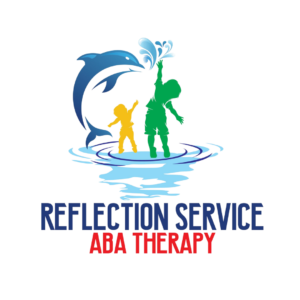
Communication Between Parents and Teachers: Tips for Improving Communication Between Parents and Teachers of Children with Autism
Effective communication between parents and teachers is essential for the success of all students, but it is especially important for children with autism spectrum disorder (ASD). When parents and teachers work together, they can create a supportive and nurturing environment that helps children with ASD reach their full potential.

Challenges of Communication Between Parents and Teachers
There are a number of challenges that can make it difficult for parents and teachers to communicate effectively. These challenges may include:
- Differences in perspectives: Parents and teachers may have different perspectives on a child’s strengths, challenges, and needs.
- Lack of understanding: Parents and teachers may not fully understand each other’s roles and responsibilities.
- Ineffective communication skills: Some parents and teachers may not have effective communication skills, which can lead to misunderstandings and conflicts.
- Time constraints: Parents and teachers are often busy and may not have enough time to communicate effectively.
Strategies for Improving Communication
Despite these challenges, there are a number of strategies that parents and teachers can use to improve their communication. These strategies include:
- Establish open and honest communication: Parents and teachers should feel comfortable communicating with each other openly and honestly.
- Set regular communication times: Schedule regular times for parents and teachers to communicate, such as weekly phone calls or email updates.
- Use a variety of communication methods: Parents and teachers can use a variety of communication methods, such as phone calls, email, face-to-face meetings, and written notes.
- Share information regularly: Parents and teachers should share information about the child’s progress, challenges, and needs on a regular basis.
- Be respectful of each other: Parents and teachers should be respectful of each other’s opinions and perspectives.
- Collaborate on problem-solving: Parents and teachers should work together to solve problems and develop strategies to support the child.
- Advocate for the child: Parents and teachers should advocate for the child’s needs and ensure that they are receiving the appropriate services and support.
Additional Tips
- Use plain language: Avoid using jargon or technical terms that the other person may not understand.
- Be specific: When communicating, be specific about your concerns or questions.
- Be a good listener: Listen actively to the other person and try to understand their perspective.
- Be positive: Focus on the positive aspects of the child’s progress and avoid blaming or criticizing each other.
- Celebrate successes: Celebrate the child’s successes together.
Conclusion
Effective communication between parents and teachers is essential for the success of children with ASD. By using the strategies and tips in this blog post, parents and teachers can build strong relationships and create a supportive learning environment for all children.
